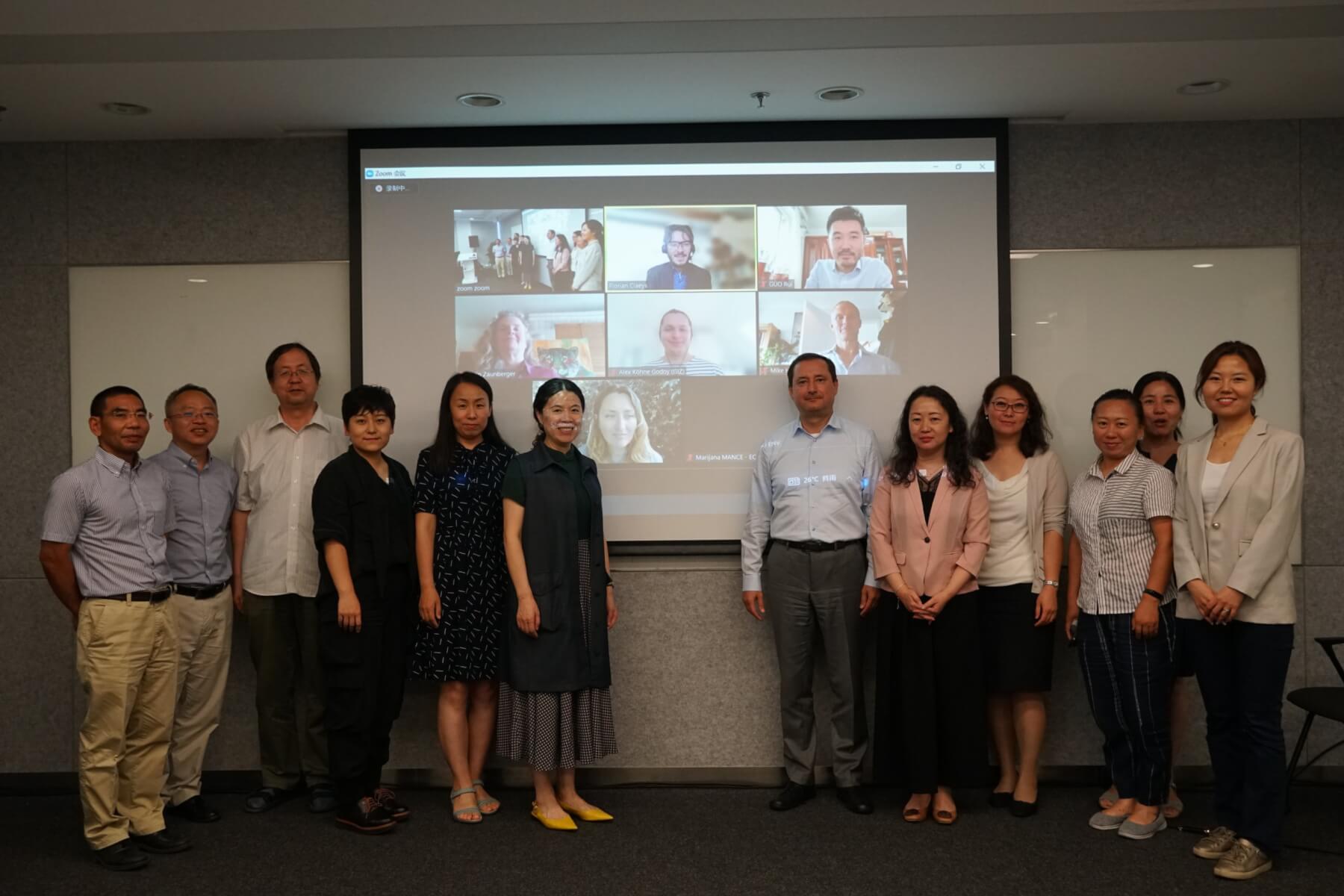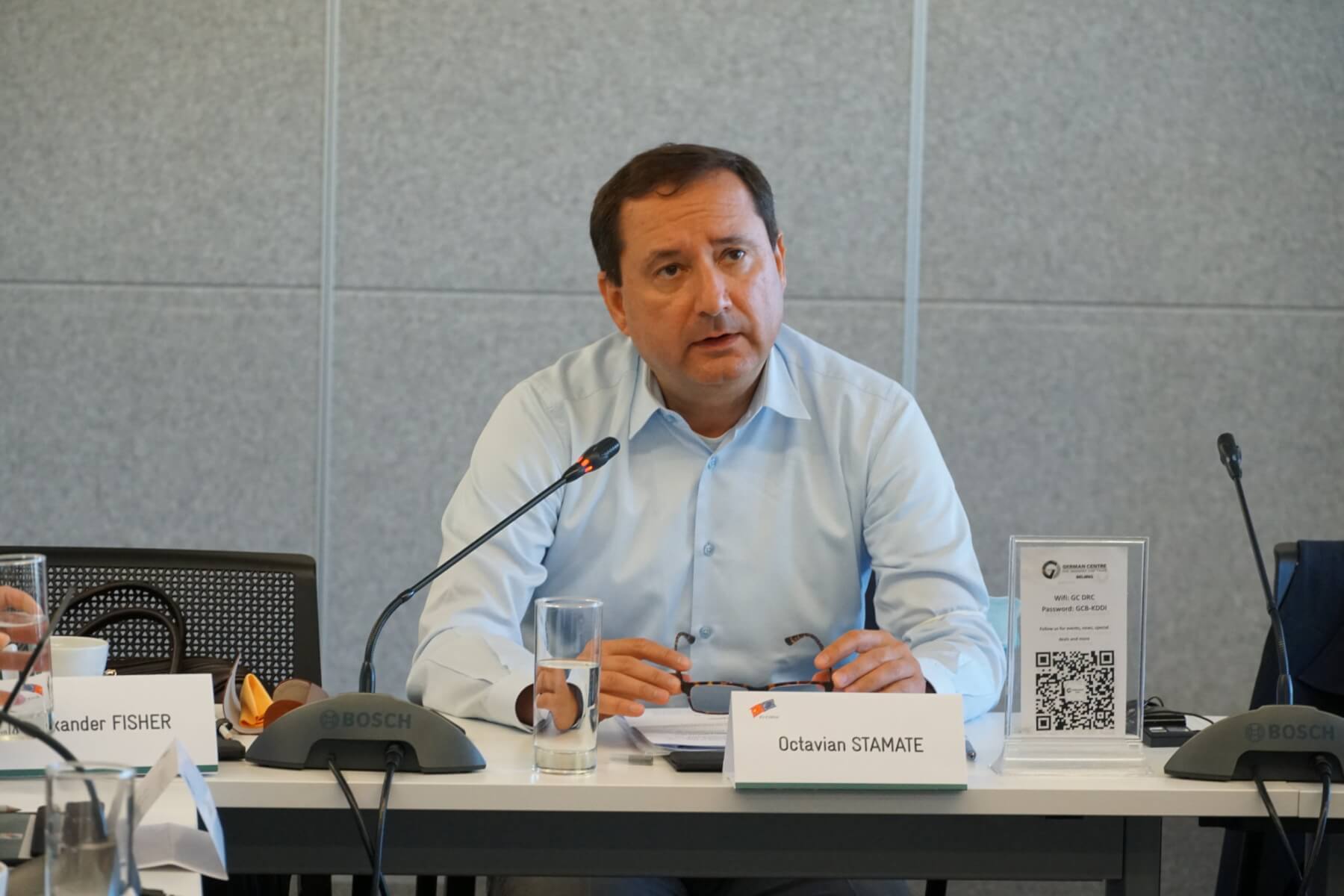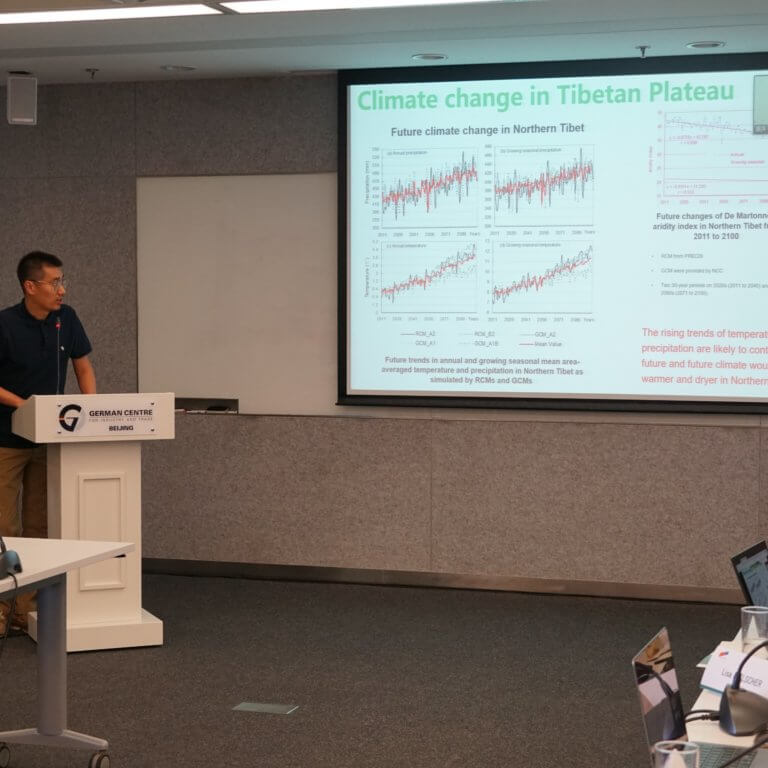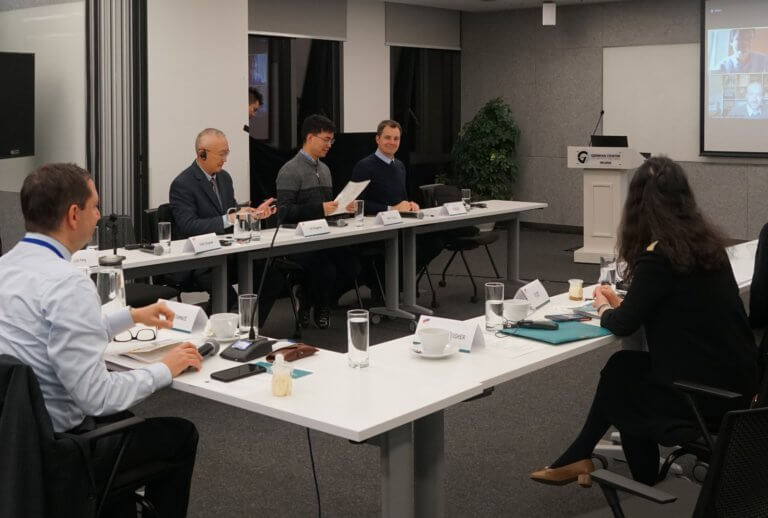
On 8 July 2021, the China-EU Expert Dialogue on Improving Joint Monitoring and Modelling between Biodiversity Conservation and Climate Action entered its second round. The follow-up format to May’s pundit discussions on ‘Synergies between Climate and Biodiversity and Major Challenges in the Agriculture Sector’ was organized by the GIZ project Strategic Partnerships for the Implementation of the Paris Agreement (SPIPA) and took place under the theme of ‘Significance of NbS to Climate Change Solutions and its MRV and Modelling’. Among its distinguished guests the event counted representatives of the EU and Chinese government agencies as well as academic experts from both European and Chinese research institutes. The group discussed best practices surrounding the planning, implementation, monitoring and state-of-the-art modelling of nature-based solutions (NbS) with the aim to promote conserving biodiversity and climate actions alike.

Matters were kicked off with a speech by Mr. Octavian STAMATE who serves as the counsellor for climate action and energy at the EU Delegation to China. He expressed his satisfaction with the continuance of the workshop series and highlighted the role of the dialogue in catalysing both Sino-European rapport and the fight against climate change. He further stressed the bloc’s willingness to facilitate the sharing of know-how and lauded the scientists’ efforts. On the Chinese side, Ms. LUO Ming, Deputy Head of China Land Consolidation and Rehabilitation Centre, adjoined that it was important to upgrade the quantitative management of NbS projects and that China has a lot to offer in this regard. She concluded with the wish to learn from the EU’s monitoring, reporting and verification (MRV) system.
The first half of the four-hour event was dedicated to ‘Forestation and Ecosystem (ES) Management at Urban-scale as a Means of Nature-based Solutions (NbS)’. Prof. YANG Jun took the lead in this session by presenting his work from the REGREEN project, an urban planning initiative based on NbS principles. While the idea of NbS in metropolitan areas was not new, the Tsinghua professor pointed out that by accounting for the spatial and temporal variability of pressures and integrating socioeconomic and demographic contextual data, his team was uniquely able to engineer city-specific solutions which maximize the benefits of NbS. Subsequently, Prof. WU Jianguo, from the Institute of Ecology at Chinese Research Academy of Environmental Sciences, acquainted everyone with the effects of climate change on biogenic volatile organic compounds (VOC). These particles, of which 90% originate from vegetation, are a precursor to tropospheric ozone. Since excessive amounts of O3 can detrimentally impact human health and plants are set to release even more VOCs in the wake of a global temperature increase, he recommended choosing the vegetation employed in urban NbS projects judiciously.
On the European side, Prof. Pekka LESKINEN, Head of the Bioeconomy Programme and professor at the European Forestry Institute (EFI), enriched the discussion with his points about ‘climate-smart forestry’, a type of silvicultural management which aims at increasing the climate benefits of forests. He moreover illustrated how the use of timber as a surrogate for materials such as cement, concrete and cotton can half the carbon stock of downstream products. LIU Xiaojuan, Associate Professor at the Chinese Academy of Science’s Institute of Botany, closed off the first session with an account of her restoration work at Qianjiangyuan National Park in Zhejiang province. The insights into the positive effects of species richness and functional diversity on aboveground productivity and ES service stability had allowed her team to draft a restoration proposal for a nearby national park which would maximize its ES functions.

The latter half of the workshop concerned itself with the ‘Status of MRV, Modelling and Cases of Climate NbS’ and was spearheaded by Dr. LUO Ming’s talk on the most recent NbS case studies from China. Among the highlighted activities were maritime restoration efforts, low-impact reclamation campaigns, mangrove forest projects, low-carbon land consolidation interventions, black soil protection ventures as well as reforestation endeavours. Dr. ZHANG Xiaoquan, Chief Science Officer at The Nature Conservancy China, followed up with an exploration of key monitoring principles for NbS projects. Namely, completeness, accuracy, conservativeness, verifiability, the clear designation of project boundaries as well as cost-effective monitoring and stratification strategies are paramount to ensuring the correct and comparable measurement of project impacts. Likewise, he elaborated upon sampling plots, alignment, measurement intervals, the estimation of uncertainty and potential rectification strategies.
Dr. Michael HARFOOT from UNEP-WCMC succeeded this talk with an appraisal of state-of-the-art solutions for the modelling of biodiversity. While current scenario models of ecosystem services and biodiversity under different shared socio-economic pathways suggest a trade-off between nature and function, Dr. HARFOOT argued that such conclusions were likely erroneous due to our inability to predict the dynamics of NbS. The last presentation of the day was given by Dr. Piero VISCONTI, Research Group Leader of the Biodiversity, Ecology, and Conservation Research Group at the International Institute for Applied Systems Analysis. In his delivery, the researcher expounded on how BIOCLIMA, an initiative of the EU Commission, employed land-use change models, simulations of LULUCF emissions and removals as well as biodiversity response predictors to evaluate the impact of EU land-use policies and identify synergies in a systematic manner.
Upon the sharing of expertise, the workshop was brought to a close with four statements. First, Dr. Aleksandar RANKOVIC commented on the importance of collaboration between the EU and China for the development of an international biodiversity policy framework. Next, Dr. Samantha HILL asked the presenters to consider the larger picture and questioned whether carbon was in fact the most suitable indicator to measure ecosystem functioning and NbS. Ms. Karin ZAUNBERGER from the EU Commission DG ENV stressed that while NbS are certainly conducive to biodiversity and climate action, they do not absolve governments of their duty to rapidly decarbonize. Dr. LIU wrapped up the event by inviting everyone to consider the next step – that of turning theoretical knowledge into action – and thus called upon the next edition of the series to involve stakeholders from all relevant sectors, academic disciplines and parts of the society.
The third China-EU Expert Dialogue on Joint Monitoring and Modelling between Biodiversity Conservation and Climate Action will be held in September.



